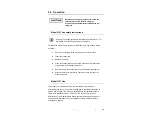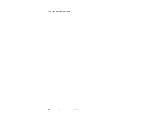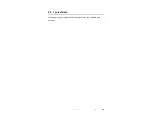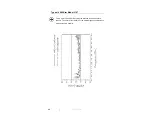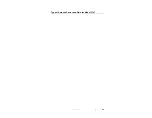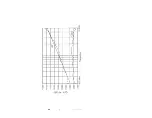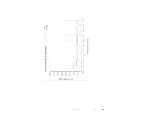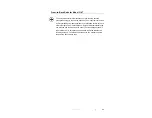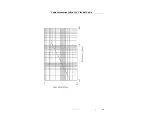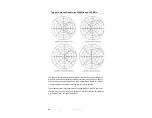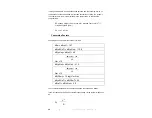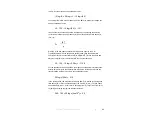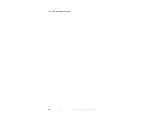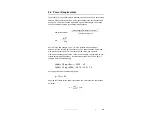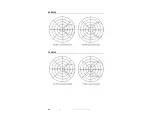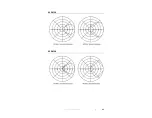
Radiated Emissions Measurement
|
35
7.0 Radiated Emissions Measurement
Before connecting any components, follow the
safety information in the ETS-Lindgren
Product Information Bulletin
included with your
shipment.
Ambient field strength values are measured as follows:
1.
Install the antenna where measured field strength values are desired.
2.
Select the desired orientation of the antenna, both boresite direction
and polarization.
3.
Connect the antenna output connector to the input of the receiving
system using a coaxial cable. These antennas are calibrated for
receiving systems having 50-
Ω
input impedance. Other values of
receiving system input impedance will require correction for the
differences in input impedance.
4.
Select the desired frequency of measurement on the receiving system.
5.
Measure the RF voltage, Va, referenced to the input port of the
receiving system. The units of the measurement should be in dB
referenced to 1 microvolt, dB(µV). If the units of measurement as
displayed by the receiver are not dB(µV), for example, in millivolts, they
should be converted to microvolts and then converted to dB(µV) by:
Va = 20 x log
10
(RF voltage in microvolts)
Va = 20 x log
10
v
d
6.
To determine the field strength at the frequency of the observation, add
the voltage reading from the receiving system in dB(µV) to the value
given by the antenna factor chart at that frequency in dB (m
-1
):
RF Voltage, dB(µV) + Antenna Factor dB (m
-1
) =
Field Strength dB (µV/m)
Ea = Va + AF
Summary of Contents for ETS-Lindgren 3147
Page 1: ...Model 3147 Log Periodic Dipole Antenna User Manual...
Page 6: ...vi This page intentionally left blank...
Page 9: ...Introduction 9...
Page 10: ...10 Introduction This page intentionally left blank...
Page 12: ...12 Maintenance This page intentionally left blank...
Page 14: ...14 Specifications This page intentionally left blank...
Page 20: ...20 Mounting Instructions This page intentionally left blank...
Page 22: ...22 Operation This page intentionally left blank...
Page 25: ...Typical Data 25 Typical Antenna Factor and Gain for Model 3147...
Page 26: ...26 Typical Data...
Page 29: ...Typical Data 29...
Page 30: ...30 Typical Data...
Page 32: ...32 Typical Data...
Page 33: ...Typical Data 33 Cable Attenuation dB at 20 C for 6 M Cable...
Page 38: ...38 Radiated Emissions Measurement This page intentionally left blank...
Page 40: ...40 Power Requirements This page intentionally left blank...
Page 41: ...Typical Antenna Patterns 41 Appendix A Typical Antenna Patterns 400 MHZ 500 MHZ...
Page 42: ...42 Typical Antenna Patterns 600 MHZ 700 MHZ...
Page 43: ...Typical Antenna Patterns 43 800 MHZ 900 MHZ...
Page 44: ...44 Typical Antenna Patterns 1 0 GHZ 1 5 GHZ...
Page 45: ...Typical Antenna Patterns 45 2 0 GHZ 2 5 GHZ...
Page 46: ...46 Typical Antenna Patterns 3 0 GHZ 3 5 GHZ...
Page 47: ...Typical Antenna Patterns 47 4 0 GHZ 4 5 GHZ...

